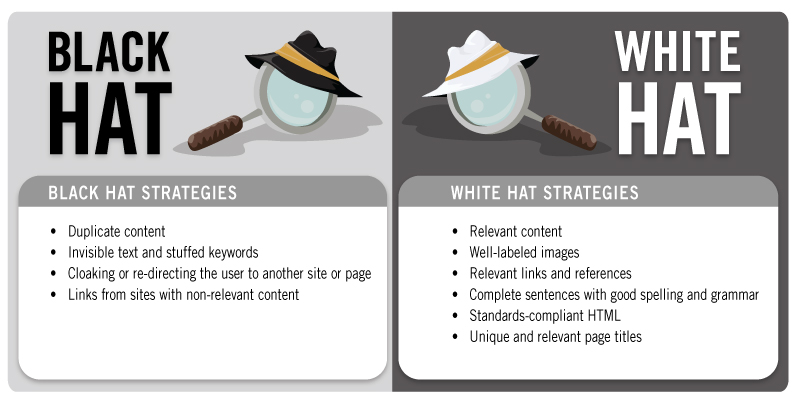Today, we are revisiting one of our favorite topics: Search Engine Optimization. For those of you who do not know what SEO is – Search Engine Optimization (SEO) is a marketing discipline focused on growing visibility in organic (non-paid) search engine results. SEO encompasses both the technical and creative elements required to improve rankings, drive traffic, and increase awareness in search engines.
There are many aspects to SEO, from the words on your page to the way other sites link to you on the web (backlinking). A simple fundamental of SEO is making sure your site is structured in a way that search engines and users understand.
At it’s core, SEO is about making your site better for people.
And that is what we all want – user-friendly sites can do exactly what we want, when we want.
What does SEO mean to my restaurant’s website?
Let’s go over some facts:
- 93% of online experiences begin with a search engine.
- 68% of which use Google to do so.
- The first 5 results in Google get 67% of all clicks.
Do a Google search on your website. Search location and terms that are related to your restaurant. For example, “Thai restaurants in L.A.” Where does your site come up on the search results?
If your restaurant is not consistently on the first page of results, then you have an SEO problem.
White hat vs. black hat
You have decided that you want to improve your site SEO. Now what? Before, we get into the actual how-to, you need to be aware of the dangers out there. When it comes to SEO, there is the right way and the wrong way of doing things. This is what we call white hat (good principles) and black hat (bad principles) practices.
Thanks to Inbound Marketing Inc., here is a breakdown between the two:
Black hat SEO refers to attempts to improve rankings in ways that are not approved by search engines and that use deception. Black hat SEO goes against current search engine guidelines.
Here is a list of some black hat techniques used to deceptively increase a website’s ranking:
- Keyword stuffing – obnoxiously overusing keywords throughout your website
- Invisible text – putting lists of keywords in white text on a white background that will be invisible to viewers but can be read by search engines
- Doorway pages – fake pages that the user will never see
- Duplicate content – posting the same content in numerous places on your website
- Link farming – promising other companies that you will post a link to their website if they will post a link to yours
The consequences for black hat practices can be severe. If you are caught using black hat techniques, your site can be penalized through lower rankings or even banned from the results page altogether. What would that do to your restaurant without ANY online presence?
White hat SEO, on the other hand, refers to the use of good practice methods to achieve high rankings. They are transparent and comply with search engine guidelines.
White hat techniques include:
- Researching and analyzing your audience, your website usability and functionality, and your site metrics
- Rewriting meta data to include more relevant information
- Improving your content to incorporate more keywords and keep people on your page
- Redesigning your website to be more visually appealing and functional
White hat SEO focuses on readability, content relevance, well-designed structure and well-written content. Used properly, it can get your site ranked higher by use of ethical techniques, good, relevant content and appropriate keywords.

Now that you know the two sides of the SEO coin, we can start our conversation about how to actually improve your on-site AND off-site SEO.
Be sure to check back over the next few weeks on how to improve your restaurant website SEO!
Need to pass the time between our next post? Then check out Custom Business Solutions for all your restaurant technology needs!
